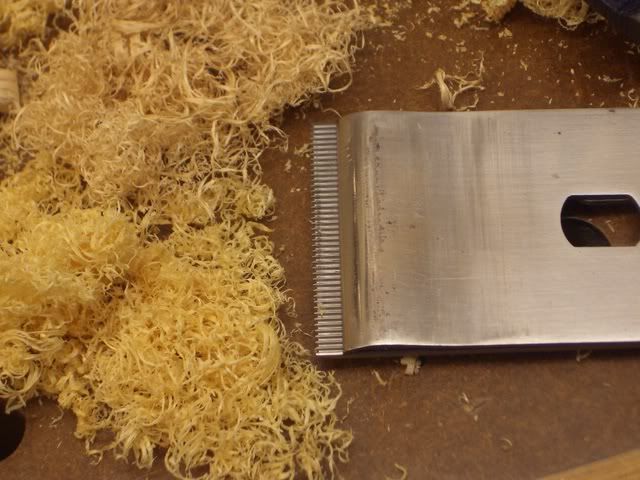EdK
Established Member
Hi - am keen to get a smoothing plane and a scrub plane. So far have a LAJ from Veritas and a #7 from LN.
The money is from overtime/odd jobs and I've been looking at either a #3 or a #4 from LN in bronze (live v. close to sea and rust is a problem - at least that's my excuse - oh and vat free over here )
)
Which is a better one to start with ? Don't have the luxury of trying as not sold over here - the #7 fits well and I'm reasonably tall (6'2") so thought I'd go for the #4 ? Good choice or would the #3 be more suitable ? (ie is #4 too similar to the LAJ ?)
Anyway, also a toss up between Veritas and LN for the scrub... (LN is 146 (125 exvat) and the V is 90 (78 exvat)). Is the LN scrub worth the extra ? Prefer the aesthetics but kind of think it's only a scrub plane ...
...
Or are there other options in that sort of price range for smoothers ?
Thanks
Ed
The money is from overtime/odd jobs and I've been looking at either a #3 or a #4 from LN in bronze (live v. close to sea and rust is a problem - at least that's my excuse - oh and vat free over here
Which is a better one to start with ? Don't have the luxury of trying as not sold over here - the #7 fits well and I'm reasonably tall (6'2") so thought I'd go for the #4 ? Good choice or would the #3 be more suitable ? (ie is #4 too similar to the LAJ ?)
Anyway, also a toss up between Veritas and LN for the scrub... (LN is 146 (125 exvat) and the V is 90 (78 exvat)). Is the LN scrub worth the extra ? Prefer the aesthetics but kind of think it's only a scrub plane
Or are there other options in that sort of price range for smoothers ?
Thanks
Ed


































